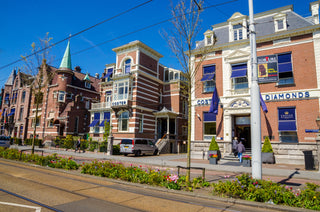
Royal Coster Diamonds
Our History
Founded in the year 1840, Royal Coster Diamonds has built a rich history over the years. From its beginnings as a small diamond polishing factory to its current status.
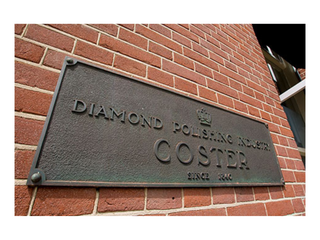
The Beginning

The diamond polishing factory M.E. Coster was founded by Mr. Moses Coster at the Binnen Amstel/Korte Houtstraat, at the Waterlooplein, in Amsterdam.
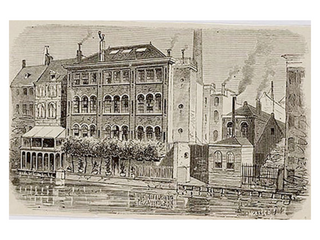
Moses Coster

After the death of Moses Coster, his son Martin Coster took over the position of director of Coster. When Moses Elias Coster died, he left a will for his wife and 11 children. Three of them entered into a partnership. Meijer Moses (Martin) Coster was involved most in the company until he moved to Paris.
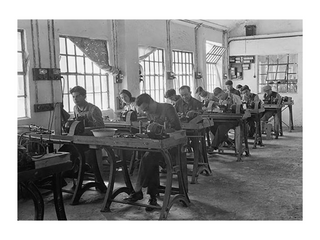
Abraham Eliazer Daniëls

The company is managed by diamond cutter Abraham Eliazer Daniëls.
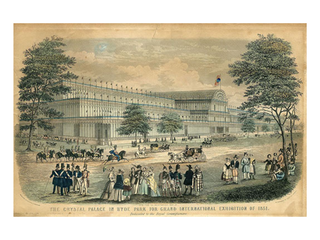
Martin Coster

Martin Coster moves to Paris, where he sets up a cutting factory as well. In the following years he acquires a near-monopoly on diamond cutting in the world’s jewellery capital.
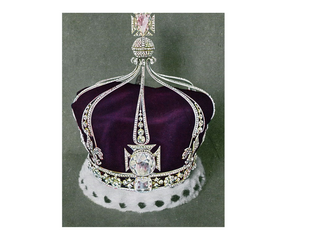
the Koh-I-Noor

The British Royal House decided the main diamond of the British Crown Jewels, the Koh-I-Noor, needed to be recut. However, no Englishman appeared to be skilled enough to do this. This is why Prince Albert and Queen Victoria of England commissioned Coster to arrange this. Coster had made quite a name for himself. Martin sent two of his best polishers, J. A. Fedder and L. B. Voorzanger, to England to polish the Koh-I-Noor. They recut the diamond from 186 to 105 carat. With a documented history starting in around 1500, the Koh-I-Noor is one of the largest and oldest cut diamonds in the world. Being originally owned by the Mughal rulers of India, the Shahs of Persia and the Sikh rulers of Lahore, Queen Victoria of the United Kingdom and Ireland, Empress of India, receives ownership of the diamond in 1849. The stone was one of the stars of the 1851 Great Exhibition in London, but its original Mughal cut left much to be desired, so her husband Prince Albert commissioned a recut. The skills to achieve this were not present in London, and Coster was employed to do the job. Since transporting the diamond to Amsterdam was considered too risky, a cutting mill was set up in London, where Coster’s best polishers, J.A. Fedder and L.B. Voorzanger, worked for 38 days to transform the 186 carat Koh-I-Noor into a 105 carat oval brilliant. The recutting of the stone was reported on in newspapers all over the world. Nowadays, the Koh-I-Noor is set in the crown of Queen Elizabeth the Queen-Mother and is exhibited as part of the Crown Jewels in the Tower of London.
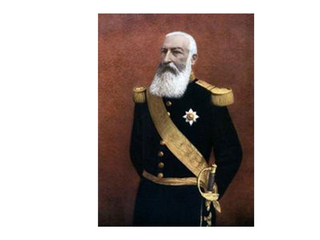
Count Leopold II of Belgium.

Coster was visited by Count Leopold II of Belgium.
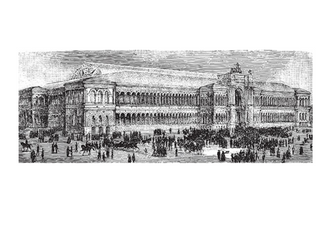
medal of honour

Partly inspired by the recutting of the Koh-I-Noor, the entire Amsterdam diamond industry wins a medal of honour at the World Exhibition in Paris. The Star of the South diamond, mined in Brazil and even larger than the Koh-I-Noor, is cut from the 225 carat rough to a 125 carat cushion brilliant by Coster in Amsterdam and exhibited in Paris. During the first state visit by a British monarch to France in 400 years, Queen Victoria dazzles Paris with the Koh-I-Noor set in her newly made crown diadem.
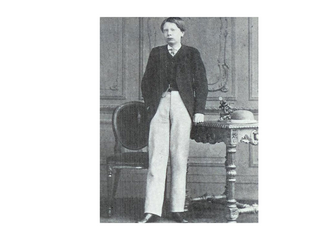
Dutch Crown Prince

Dutch Crown Prince Willem Alexander of Oranje-Nassau visits Coster.
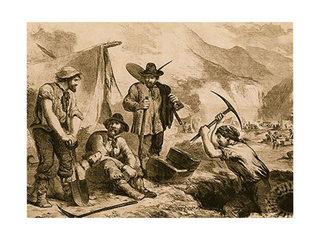
replica of its polishing factory

Martin Coster builds a replica of its polishing factory – at that moment the largest in the world – at the World Exhibition in Paris and supplies many diamonds to the Parisian jewellers exhibiting their work. In this model factory, the entire diamond process, from mine to end product, was shown. The factory was one of the highlights of the exhibition and attracted worldwide media attention. In 1868 Martin Coster is appointed as Consul General of the Netherlands by King William III.
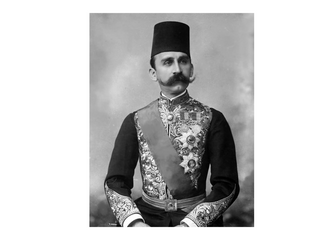
Egyptian Princes

Egyptian Princes Hussein Kamel and Tewfik Pasha visit Coster.
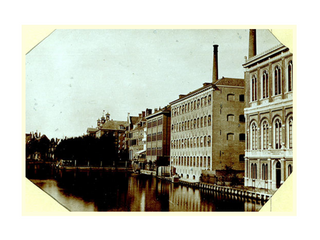
Abraham Eliazer Daniels his son

Meijer Moses Coster (Martin) remained heir, but the company was run by Abraham Eliazer Daniels his son, who was a well-known municipal councillor in Amsterdam.
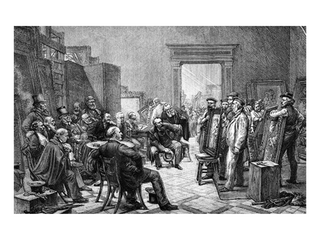
Martin Coster

Martin Coster is one of the driving forces behind the World Exhibition in Paris that year, as organiser of the Dutch pavilion and as delegated commissioner of the main organising committee. The company exhibits under the name of Alexander Daniels, who runs Coster’s Amsterdam polishing factory. One of the most talked about exhibits is shown in this pavilion: the large diamond with King Willem III’s portrait engraved in it, made by M.C. de Vries, one of Coster’s cutters, a seemingly impossible feat. Martin Coster had the diamond set in a medallion made by one of the most prominent jewellers in Paris, Oscar Massin, and gave this as a wedding present to the King, who gave it to his bride Queen Emma to be worn during the wedding ceremony in January 1879. The medallion still is one of the highlights in the Dutch Royal Collection.
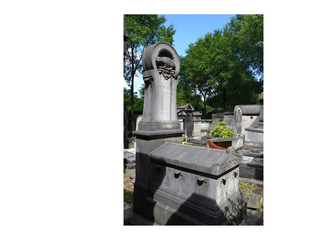
Martin Coster passes away in Paris

Martin Coster passes away in Paris. His impressive tombstone is located in the heart of MontMartre grave site in Paris, where he spent his last years. He is remembered in the Dutch media as one of the best Consuls General the Netherlands has ever had.
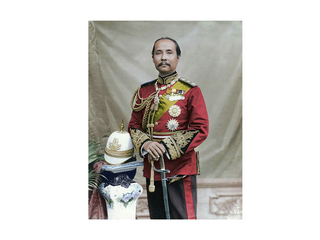
King Rama V of Siam

Dutch Queen Wilhelmina visits Coster together with her good friend King Rama V of Siam (now Thailand) who stayed as a royal guest at Het Loo Palace. 121 years later, one of Rama V’s great-great-granddaughters visits us as well in 2018.
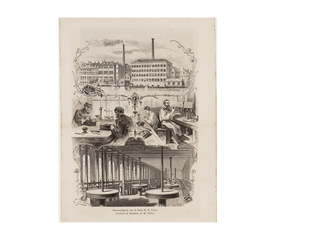
M. E. Coster

Dutch Queen Wilhelmina visits Coster together with her good friend King Rama V of Siam (now Thailand) who stayed as a royal guest at Het Loo Palace. 121 years later, one of Rama V’s great-great-granddaughters visits us as well in 2018.
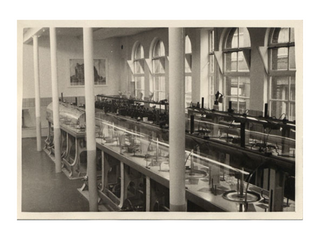
Felix Theodort Manus

Felix Theodort Manus his son was 18 years old and remained Managing Director in writing until his father Felix Theodort Manus died. Benjamin Manus continued to cooperate with his father’s business partners J.A. Robles & N. van Kleef until the war started.
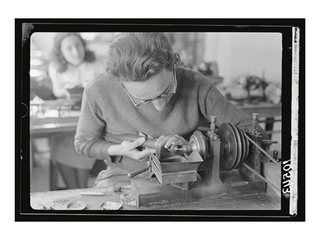
German “Devisenschutzkommando”

The company Coster was occupied by the German “Devisenschutzkommando”. Because of the anti-Jewish occupation, Benjamin Manus was no longer allowed to lead the company and an administrator was appointed. A Verwalter (leading person and German sympathizer) was serving in the name of the Wirtschaftsprüfstelle, selling all diamonds to Bozenhardt & Co. In 1947, the tribunal in Amsterdam sentenced him to five years of internment.
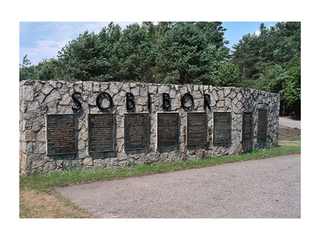
Benjamin Manus

Benjamin Manus and his family were send to the concentration camp Sobibor in Poland from where they did not return.
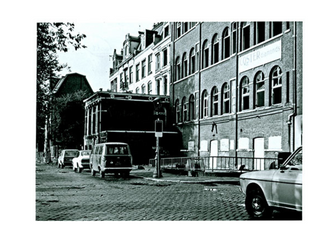
Maurice Henri Spier

The years of recovery emerged. A business agent named Maurice Henri Spier, guided the company. Because of the Restitution of Legal Rights Decree, a lawyer continued to manage the company until 1956.
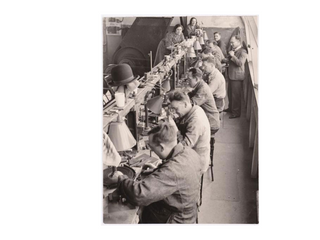
Wim Biallosterski

As a part of the post-war reconstruction, diamond cutter Wim Biallosterski was given the opportunity to buy Coster. The premises welcomed a diamond cutter, polisher, goldsmith, seller, jeweller, purchaser of rough diamonds and several partners, including Samual Gassan.
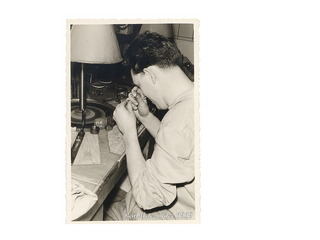
fiftieth birthday of Her Majesty Queen Juliana

The people in The Netherlands collected money for a jointly gift - a bracelet watch - for the fiftieth birthday of Her Majesty Queen Juliana. Coster was commissioned to polish the more than 275 diamonds for watch. This honourable task was given to the young, but talented diamond polisher Ben Meier. On his father’s request, and because the diamond cutting business runs in the family, Ben joined the diamond world at an early age. He would specialize in baguette cuts.
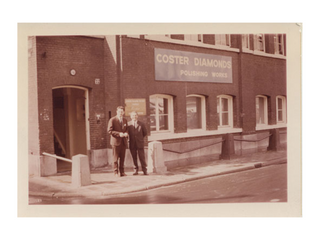
Coster Diamonds

Together business partners Joop Schoots and Max Meents, Ben Meier founded “Coster Diamonds” and created a new future for the company.
Coster Timeline
Royal Coster’s Royal visitors
We always shared a warm relationship with Royals. Not only the Royal House from the Netherlands, but Royal Houses from all over the world. Since our foundation in 1840, a lot of royals traveled to Amsterdam to trust us with their jewelry. They knew that Coster used an innovative way of cutting and polishing diamonds. To this day, our fantastic craftsmanship attracts royals and celebrities from all over the globe.
A special assignment
Normally, people come to us. But for Queen Victoria of England, we gladly made an exception. In 1852, two of our best diamond polishers went to London. They had the task to repolish the world famous Koh-i-Noor diamond. This is one of the most valuable diamonds around and part of the English Crown Jewels. Even today, it is one of the finest examples of craftsmanship in diamond history.
In the second half of the 19th century, the British Royal House wasn’t the only royal name trusting us with their jewelry. Among the royals we welcomed were Napoleon Bonaparte, Prince Victor Emanuel, and Empress Sisi. Our list of famous visitors is long and unique. Especially when you consider that traveling at the time was an expensive luxury. It was done seldom, which makes this royal list even more impressive.


 DOWNLOAD PDF
DOWNLOAD PDF